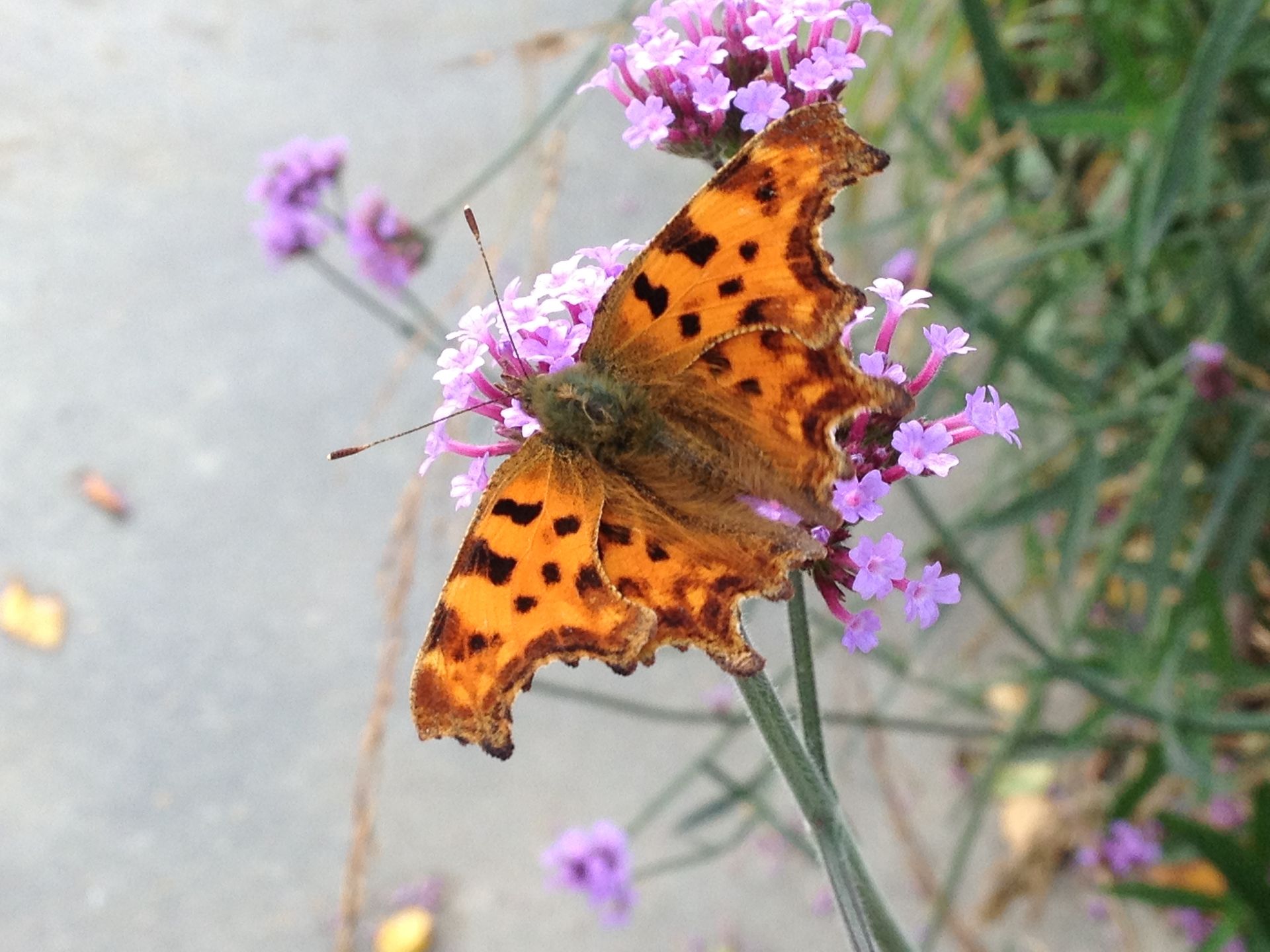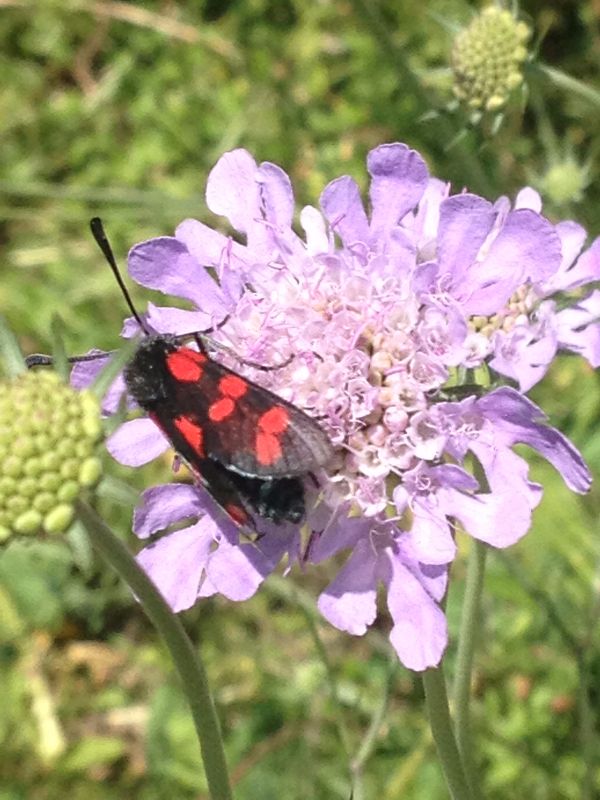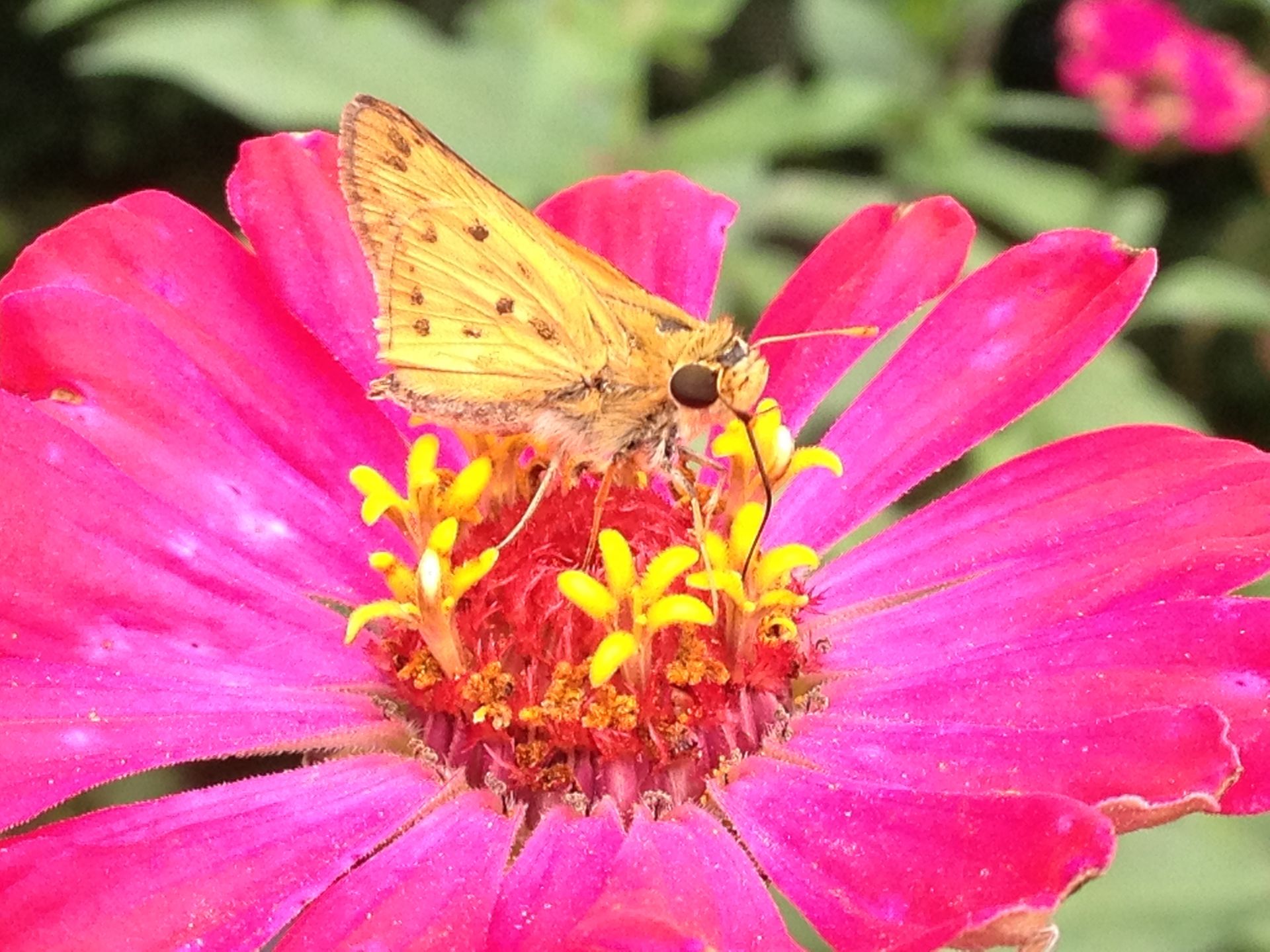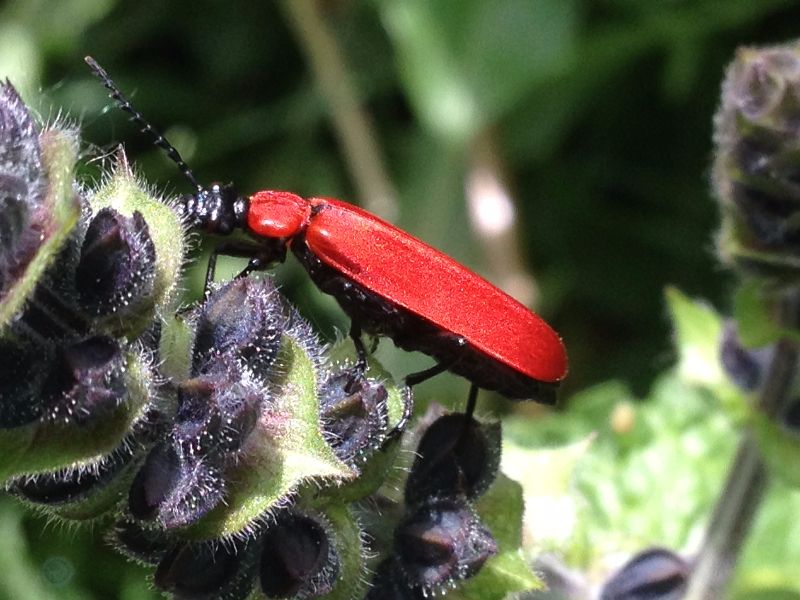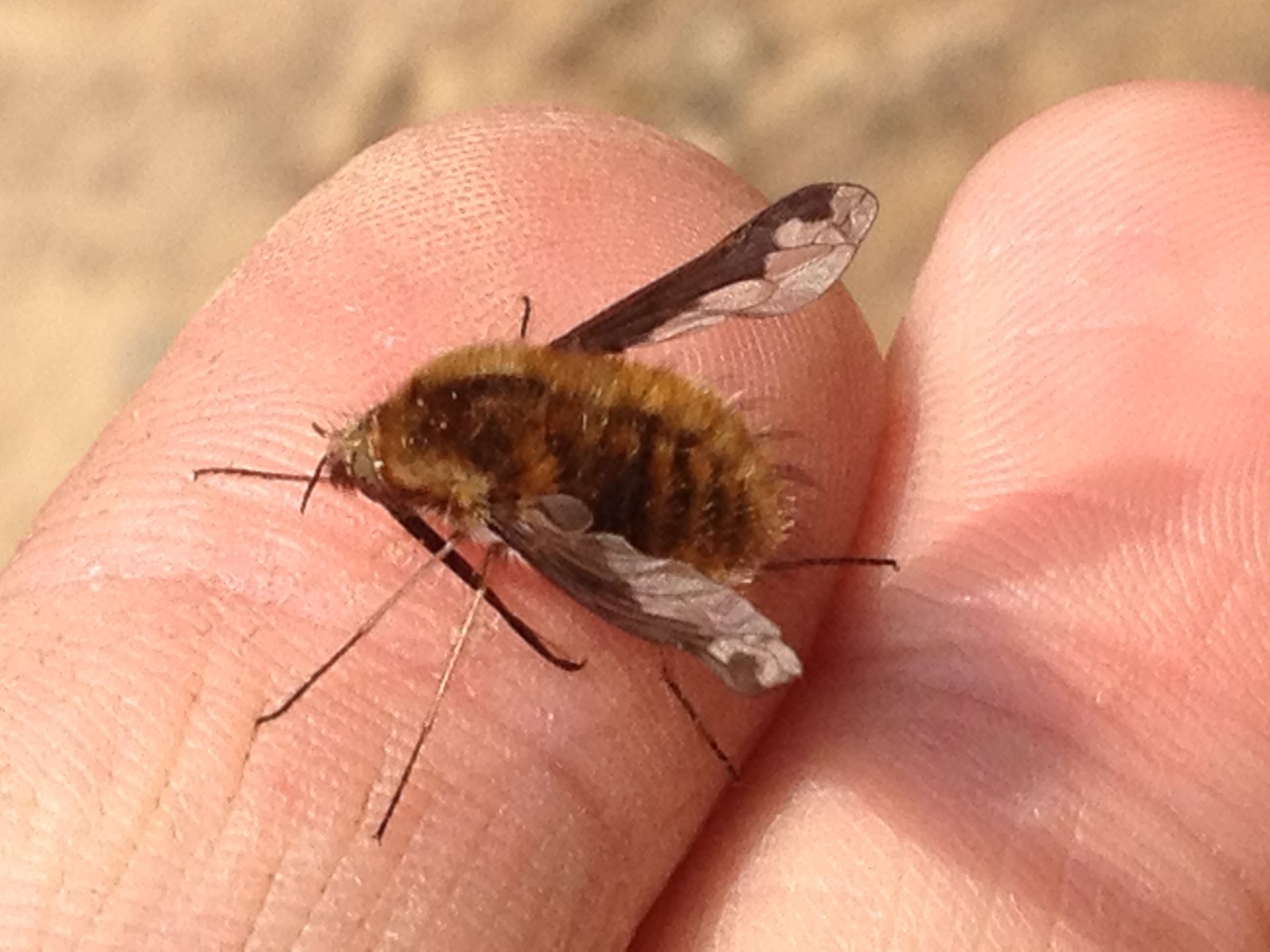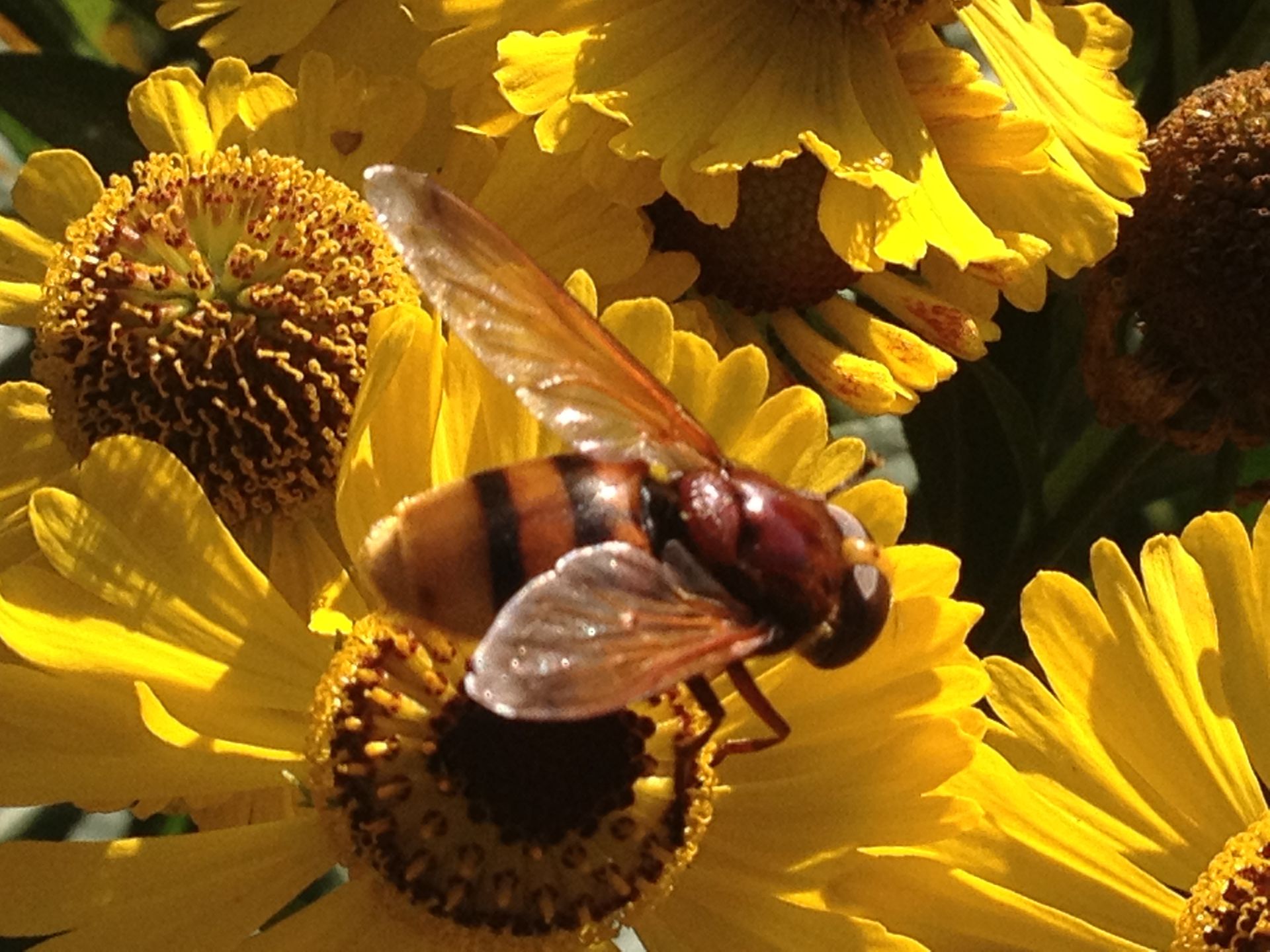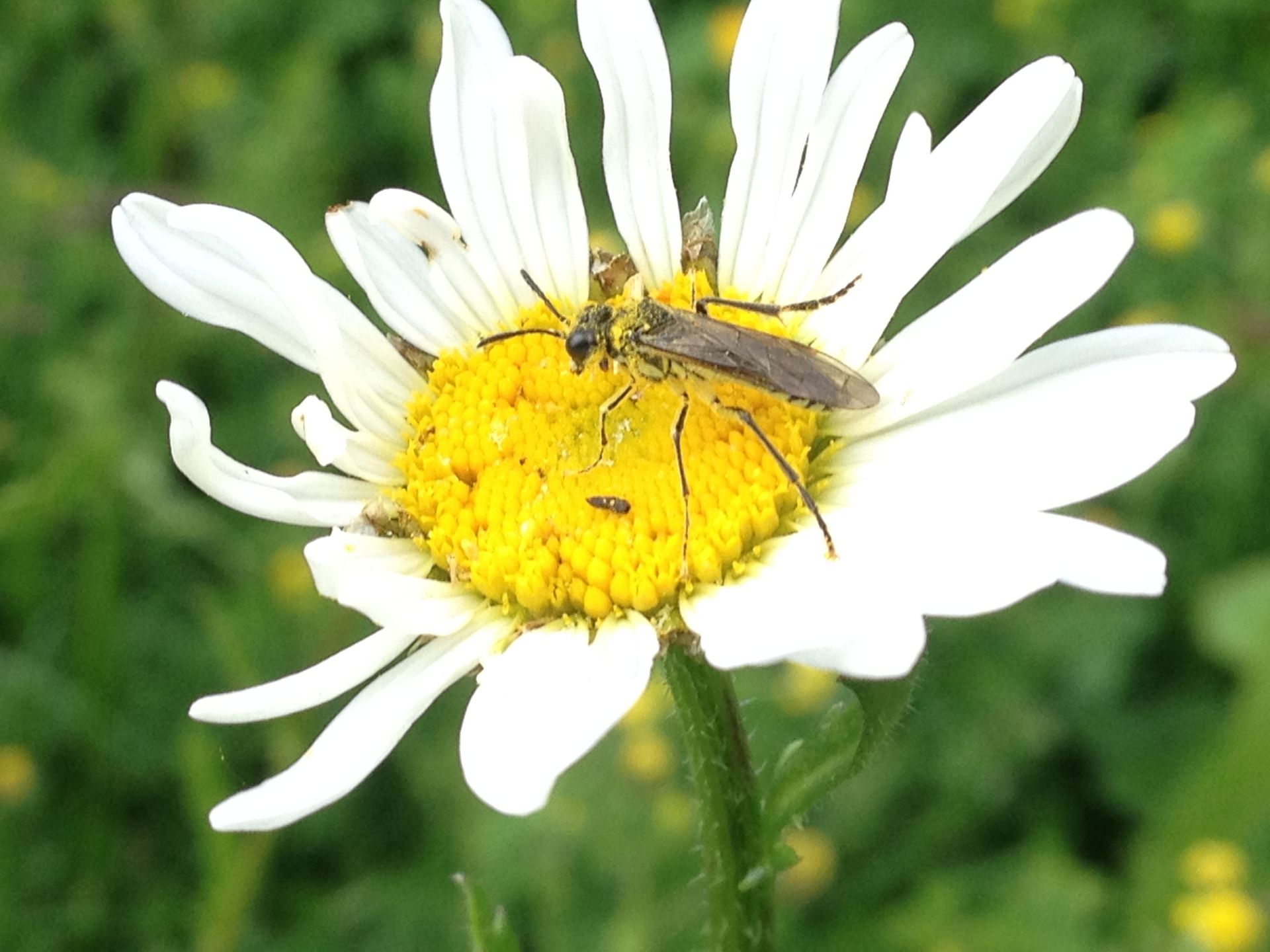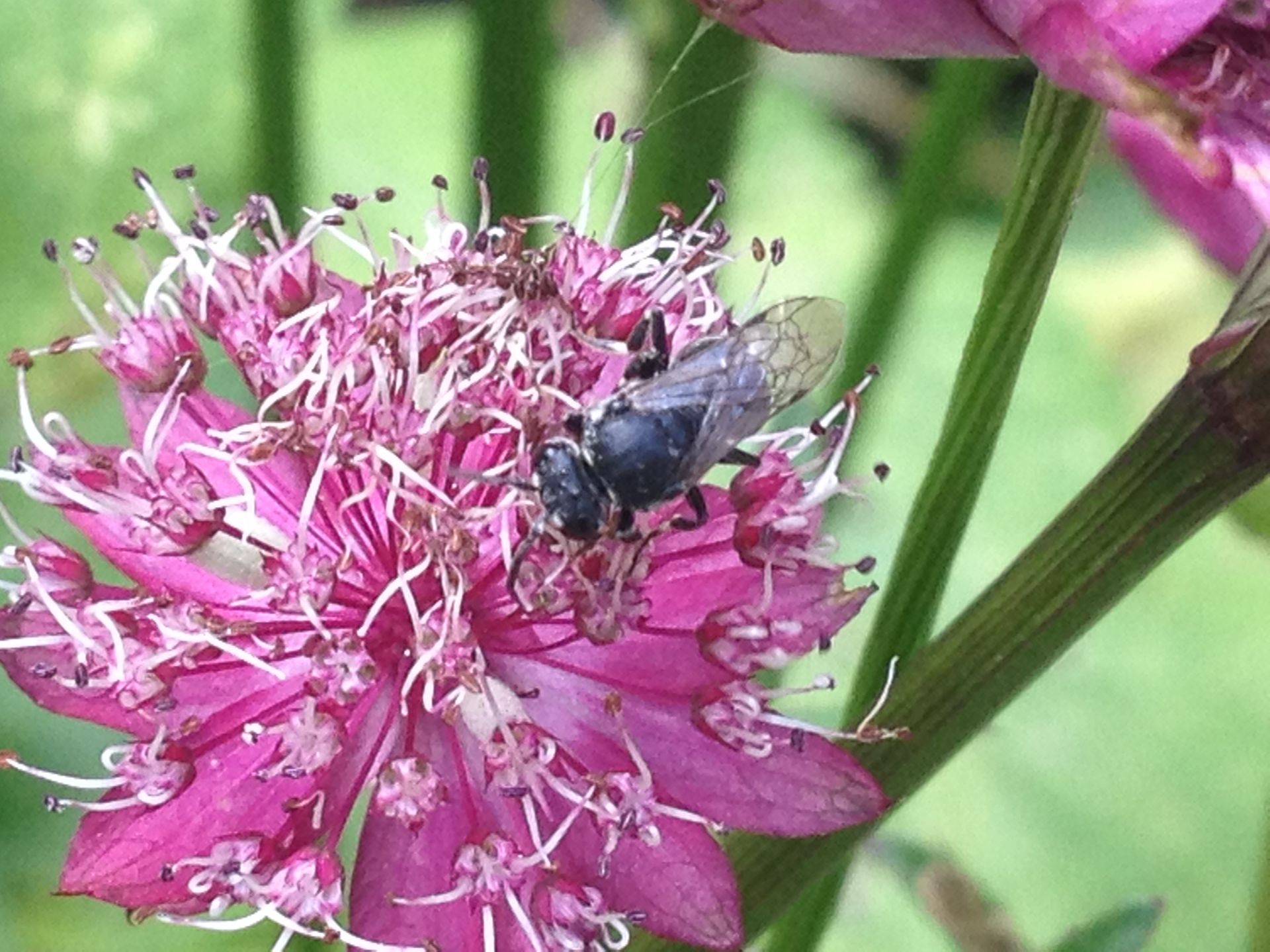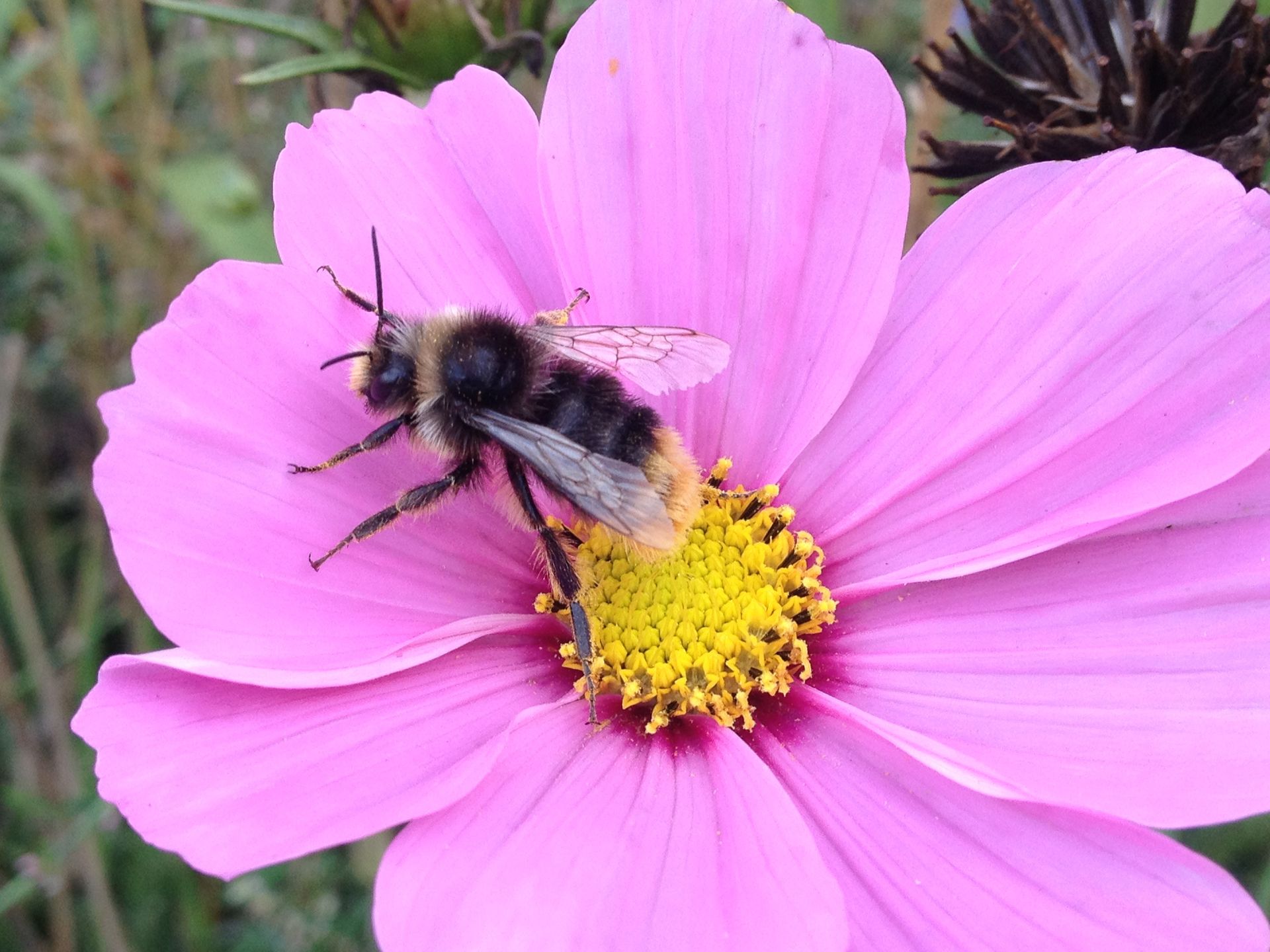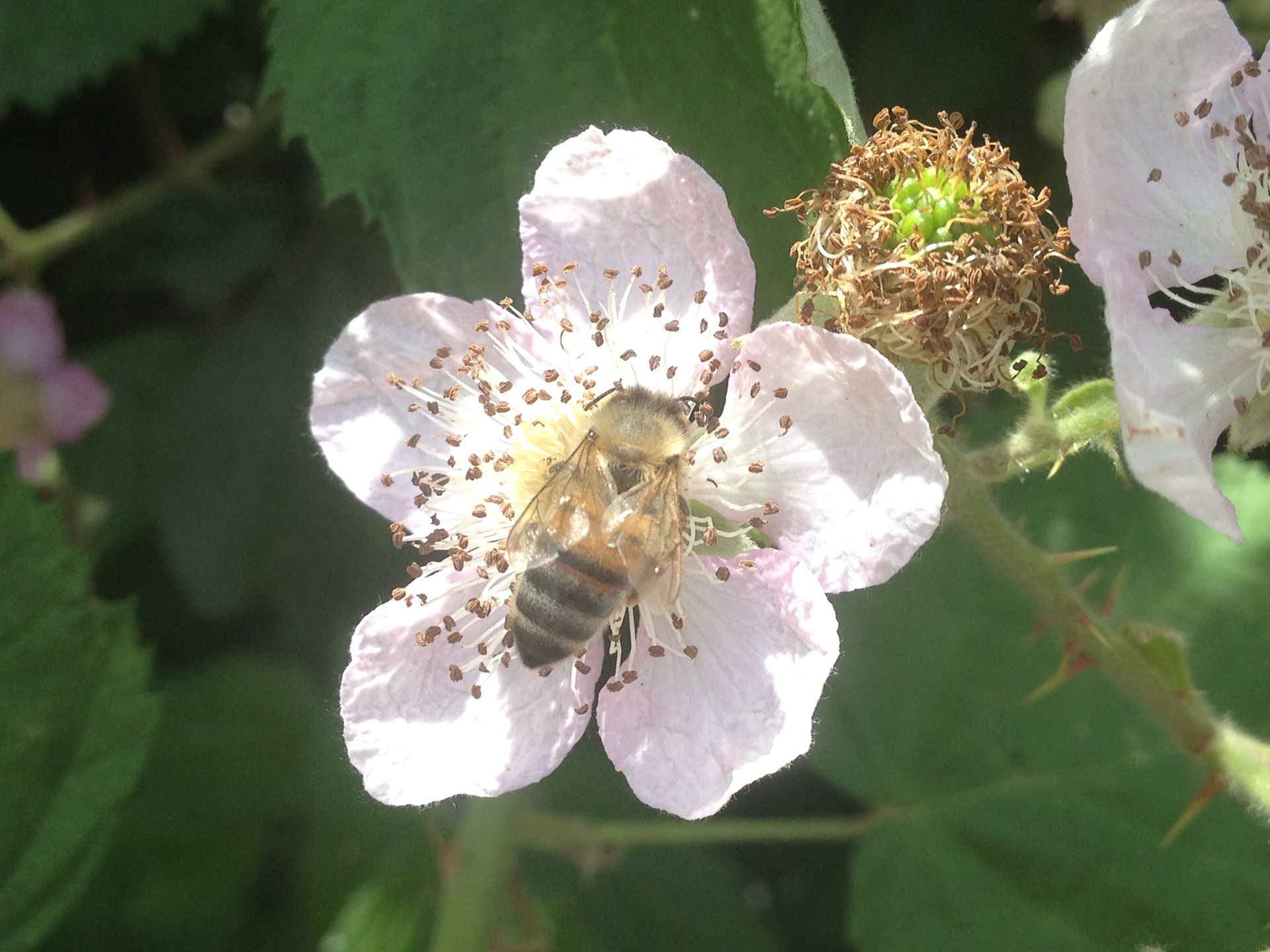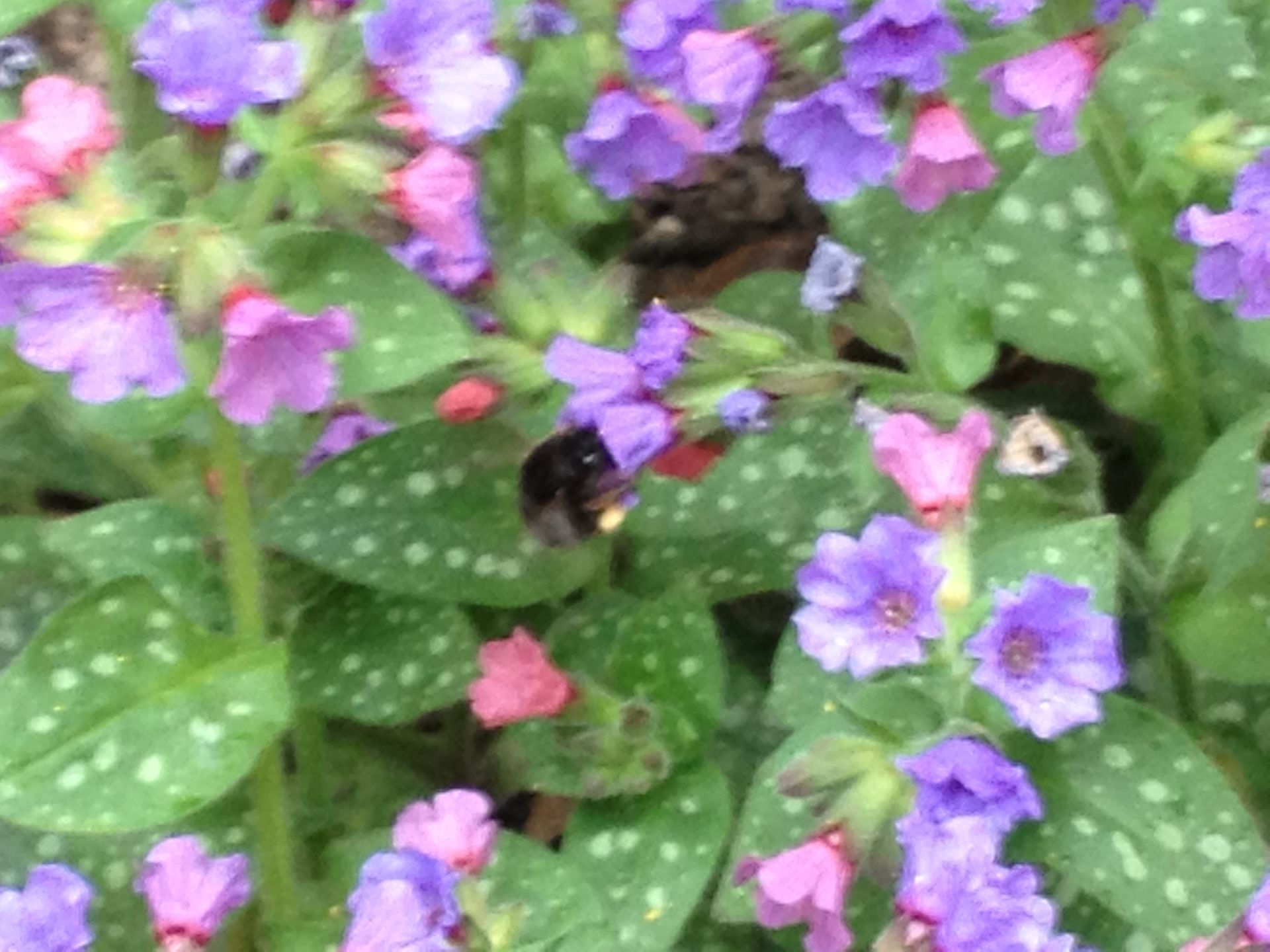Types of Pollinator
Most people are aware that Bees are important pollinators of flowering plants but they are only a small part of the pollination picture. A vast array of other animals also make equally important contributions to the pollination of plants around the globe.
Types of Pollinators
Lepidoptera the Butterflies, Moths & skippers
There are over 15000 species worldwide of which 2500 species occur in the UK.
Only 10 of these insects are considered common agricultural pests but insecticides designed to kill them do not differentiate between target pest species and non target species. Subsequently many species of Butterfly and Moth are adversely effected by overuse of Insecticides.
Recent research shows there is a strong correlation between increase use in insecticides since the 1990's and the steep declines in many species.
Some studies indicate that nocturnal Moths may be equally if not more important in the pollination of many agricultural crops as day time flying bees.
Pollinating Beetles and Bugs
Beetles were among the first pollinators to evolve 160 million years ago when the first flowers appeared. They are primitive pollinators and don't have many obvious adaptations for carrying pollen. They are most efficient at pollinating plants with stringy or sticky pollens which can easily cling to their hard exoskeletons. They are often important pollinators of large open flowers and plants which emit spicy or decay like odours which attract them.
Today there are over 400,000 species of Beetles which account for 25% of all known insects.
Beetles comprise the largest set of pollinating animals, due to sheer numbers. They are responsible for pollinating 88% of the estimated 240,000 flowering plant species globally. They are most important in the pollination of plants found in the tropics and arid desert regions of the world.
Oil beetles, Long Horn Beetles and Swollen Thigh Beetles are all common pollinating beetles found across most of the UK.
Thrips
Thrips are primitive insects and among the earliest pollinators known to exist. Thrips are tiny insects, usually a millimetre or less in length and feed on a variety of foods including plant saps, tissues and pollen. Their tiny fossils have been found covered in pollen grains dating back 250 millions years, they may well be the oldest pollinators on the planet. Today there are an estimated 6,000 species.
Hoverflies and other flies
There are round 250 species recorded in the UK. Many Hoverfly larvae are an important biological control for aphids and green fly which are common insects pests of fruits and vegetables.
Many Hoverflies begin life as aquatic or semi aquatic larva living in stagnant ponds or pools of water in the cavities of decaying trees.
The Belted Hoverfly Volucella zonaria
is one of our largest pollinators and mimics hornets to avoid being eaten by birds. They sneak into the nests of social wasps to lay there eggs. The larva eat waste and detritus inside the wasps nest before pupating into adults. These large insects are capable of long migrations from North Africa to Northern Europe.
Wasps
There are an estimated 75,000 species of wasp worldwide and around 250 of them are found in the UK.
The vast majority of wasps are solitary and parasitic hunting other insects to feed themselves and their larva. Many also nectar on plants as adults and assist in pollination. Some plants are mostly or entirely pollinated just by wasps such as the Fig trees of the tropics which are reliant on tiny Fig Wasps for pollination.
Aside from pollination wasps provide several valuable ecosystems services including the predation of enormous quantities of insects pests which would otherwise damage agricultural crops and they are also responsible for cultivating and spreading naturally occurring yeasts - without which we would not have our daily bread or bottle of wine!
It is said that for every insect pest species in the world there is at least one wasp predator which can help to control it.
The Bees
There are an estimated 20,000 species of bee world wide. Around 280 species of which are found in the UK. This list is constantly growing as geneticists continue to find differences between different populations of UK bee leading to new species being named. Many of the new species have probably been here a long time but are understudied and under recorded. Most of these are solitary species nesting singly in underground burrows, hollow plant stems or decaying timber.
We have 27 species of Bumble Bee of which only 8 are now widespread and common. These can be found on our fact sheet plants for Bumble Bees.
We then have 1 species of Honey bee, the Western Honey Bee Apis melifera.
Bees are the most efficient of insect pollinators having evolved several specialist adaptations to carrying pollen - most notably the development of 'plumose' or branched hairs on their bodies.
Bees are considered to be the most economically important of all pollinators, with Honey Bees argueably being particularly important due to their ability to be domesticated and transported to crops in need of pollination.
Unlike other insect pollinators Bumblebees posses a unique contra flow heat exchange adaptation allowing them to warm up their bodies making them efficient pollinators even in cool or inclement weather conditions.
The value of Pollination by bees in the UK is estimated to be over £520 million per year
Learn more about individual bee species over on the Bees, Wasps and Ants Recording Society web pages http://www.bwars.com/
Mammals
You might be surprised to learn that many mammals are important pollinators of flowering plants.
Mammalian pollinators range from Rodents, Sugar Gliders, Flying Squirrels right up to Primates like the Black and White Ruffed Lemurs of Madagascar. Mammalian pollinators are most widespread in the tropics where they help pollinate large trees. Many also help distribute the trees fruits.
Tropical Fruit Bats are among the most important of mammalian pollinators due to the large distances and numbers of flowers they are able to visit as they fly across the forests.
Reptiles
Many reptiles help pollinate flowers. In desert regions where water is difficult to find some lizards will visit cacti flowers to drink the nectar and in the process collect pollen which they transport from plant to plant ensuring the Cacti's reproduction.
In the tropical forest of Mauritius the endangered Roussea flower is pollinated entirely by a species of reptile, the endemic blue-tailed day-gecko Phelsuma cepediana.
Birds
In tropical regions many plants are pollinated by birds. Plants pollinated by birds often produce flowers bright red in colour with ornate structures.
Throughout the old world a group of birds known as sunbirds use their long curved bills to reach the nectar of long elaborate trumpet shaped flowers. The sunbirds belong to a family of birds called the Nectariniidae - because they survive mostly or solely on nectar from flowers.
In Australia Honey Eaters specialise in feeding on nectar from flowers.
Across the Americas Hummingbirds are responsible for pollinating many plants which they feed upon whilst hovering.
